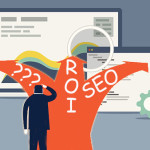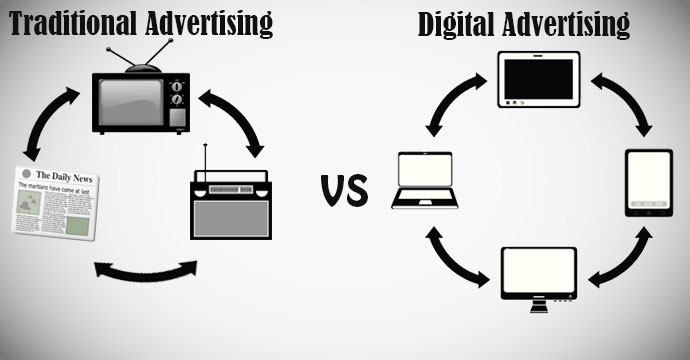
Traditional advertising can be traced back to the 18th century and it was effective for brands to sell their products and reach their target audience with the invention of radio and television for many centuries. However, as more people turn to the Internet to get their news, stream video, social media and search for products and services, it has lead to a decrease of consumers consuming traditional media.
While traditional advertising is still effective to increase branding and awareness it is not a platform that all business can afford. When it comes to advertising on TV and radio not all businesses can afford to pay millions for a spot during the Super Bowl or prime time. That is the reason digital advertising might be the best platform for all businesses to attempt to even the playing field and be able to reach their potential consumers.
Also when it comes to reporting effectiveness of TV, radio and print ads make it more challenging to report ROI to the client and or the C suite, and make changes. However, using digital advertising makes it possible to report exact ROI from any particular campaign and organic SEO, and making edits can be done within hours.
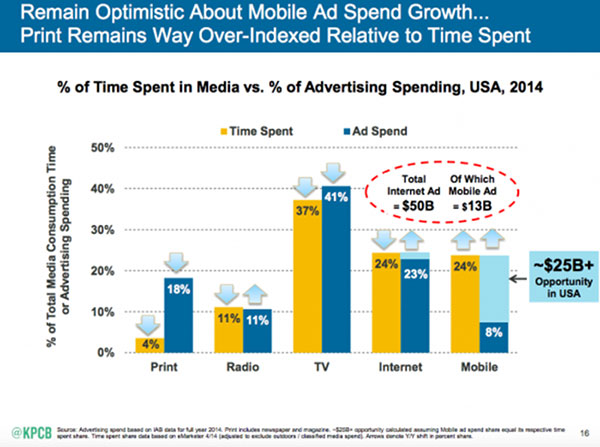
Traditional Advertising
Costs – The costs associated with running a traditional marketing campaign are more expensive and difficult to nail down. The incremental charges for television and radio spots can vary significantly between various markets and time slots, making is difficult to prepare an appropriate marketing budget. For printed copy, the costs are dependent on volume, which becomes restrictive with a tight budget. Also the number of people watching movies, reality shows, sitcoms, and etc. on mobile devices, streaming them from Hulu and NetFlix, or on recording devices is increasing which means they have the ability to skip through commercials.
Adjustments – When a traditional marketing campaign needs altering, marketing materials have to be pulled and accounted for, which takes time and creates waste. Take for example print advertising if your team missed a typo or used the wrong image, you have no choice but to wait until the next publication is printed and by then management has already been made aware of it. For TV if something was missed, you are going to have to get the editorial team back to the office immediately tofix the mistake and get the media over to the television stations and wait for them to run your new ad. With radio you will still need to get your editorial team back to work and submit the new ad. How much did that cost your company?
Metrics – When running a traditional marketing campaign, the sales data may need to be entered manually. That takes a lot of time and increases the likelihood of mistakes. Also, support software is needed for the capturing of the input and the development of reports. When it comes to ROI this might get a little tricky, unless your team is using some time of promotional code. But tracking the exact ROI from individual from TV, radio or print campaign might not be accurate.
Targeting Accuracy – When using television, print, and radio marketing, it’s impossible to develop a target group or control who receives the message. It requires that marketing material be broader in nature. Let’s take print first for this example, just because the outlet has 1 million subscribers that does not mean that all of them read the publication from front to back. For television even if you are spot on with your targeting which you might be all the time, people do not enjoy watching commercial so they probably skipped your $500,000 spot. With radio as more people turn to paid radio programming there are less people listening to traditional radio.
ROI Tracking – Without meaningful metrics received from a solid target group, it is near impossible to match revenues to sources and develop a reliable profitability model. Without actual analytics reporting cannot be very effective. Impressions do not always lead to sales unless you can track the conversions from impression all the way to actual conversion phase. Here is a quick example, last year a former client bought advertising at Dodger Stadium but we did not see an huge increase in direct website visits in fact the direct traffic was a bit lower during the time the advertising was running. So even if your media buyer tells you we received 2 million impressions, can they tell you what the ROI was?
If you want to see real ROI data, make changes to ads in real time and figure out where you are losing clients during the buying cycle you do not want miss this section.
Digital Advertising
Costs – The costs associated with digital marketing are much easier to control and offer a more direct correlation between what is paid and who receives the information. It is also more affordable to business of all size from local plumbers to Sony because the company is able to avoid the waste that comes from making adjustments to a marketing campaign. With digital you have the option of running A/B split test ads and campaigns so if you are not making any money from a certain ad set or campaign you have the ability to pause it, stop it or make the necessary changes.
Adjustments – Making changes to an online marketing ad or campaign can usually be handled in a matter of minutes. Let’s take AdWords or Bing there are ads and campaigns that do not always perform how we hoped they would and after they have been running for a while they are costing more money than producing revenue. That is when we have the ability to change the ad copy, increase bids, pause the ad or keyword. Can you do this with a print ad? Not likely.
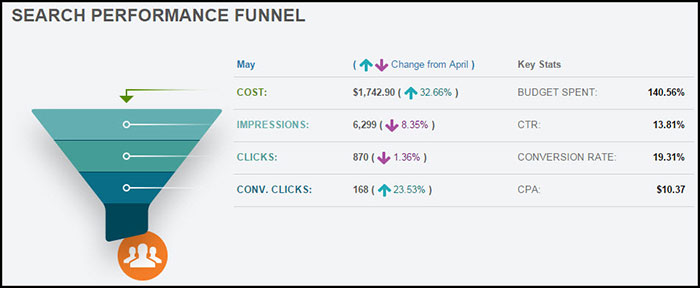
Metrics – In this the modern era of digital advertising, search engines have developed built-in reporting tools that provide fast, accurate and easy to use metrics with limited data input. Many of them also provide report generating tools that allow the end user to develop their own set of custom reports on the fly. One of my favorite paid reporting tools for AdWords is WordStream since I can create and send the client their monthly report in minutes and my job is done’ unless you are hardcore and want to use spreadsheets with pivot tables to send to the client
Targeting Accuracy – The use of digital ads assures that targeting is accurate to an audience with some level of interest in the product or service. Let’s take Facebook advertising, within the platform you have the ability to target website visitors, your email database. With Twitter you have the ability to target user handles plus emails and website visitors. With AdWords you can target using remarketing tactics. Can print do any of this?
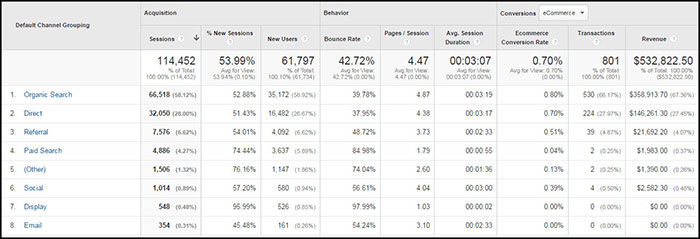
ROI Tracking – The process of matching revenues to sources is made easier by the availability of reliable and accurate metrics. Another great benefit is the ability to get real-time data and make quick marketing adjustments based on the information obtained. To report this data there are several tools to use Google Analytics, Marin, HubSpot and others. By using these tools you will know exactly what your ROI was from every campaign you ran from Facebook, to AdWords and more.
Advertising has come a long way in its evolution process now it’s time for us to make the change if we have not done so. However, if you can afford to run a Super Bowl commercial by all means go ahead even if you can’t calculate the exact ROI, at least people will be talking about how great or horrible it was the next day. For the rest of us that cannot pay afford to spend that much on advertising, digital advertising is the solution to our problems.




